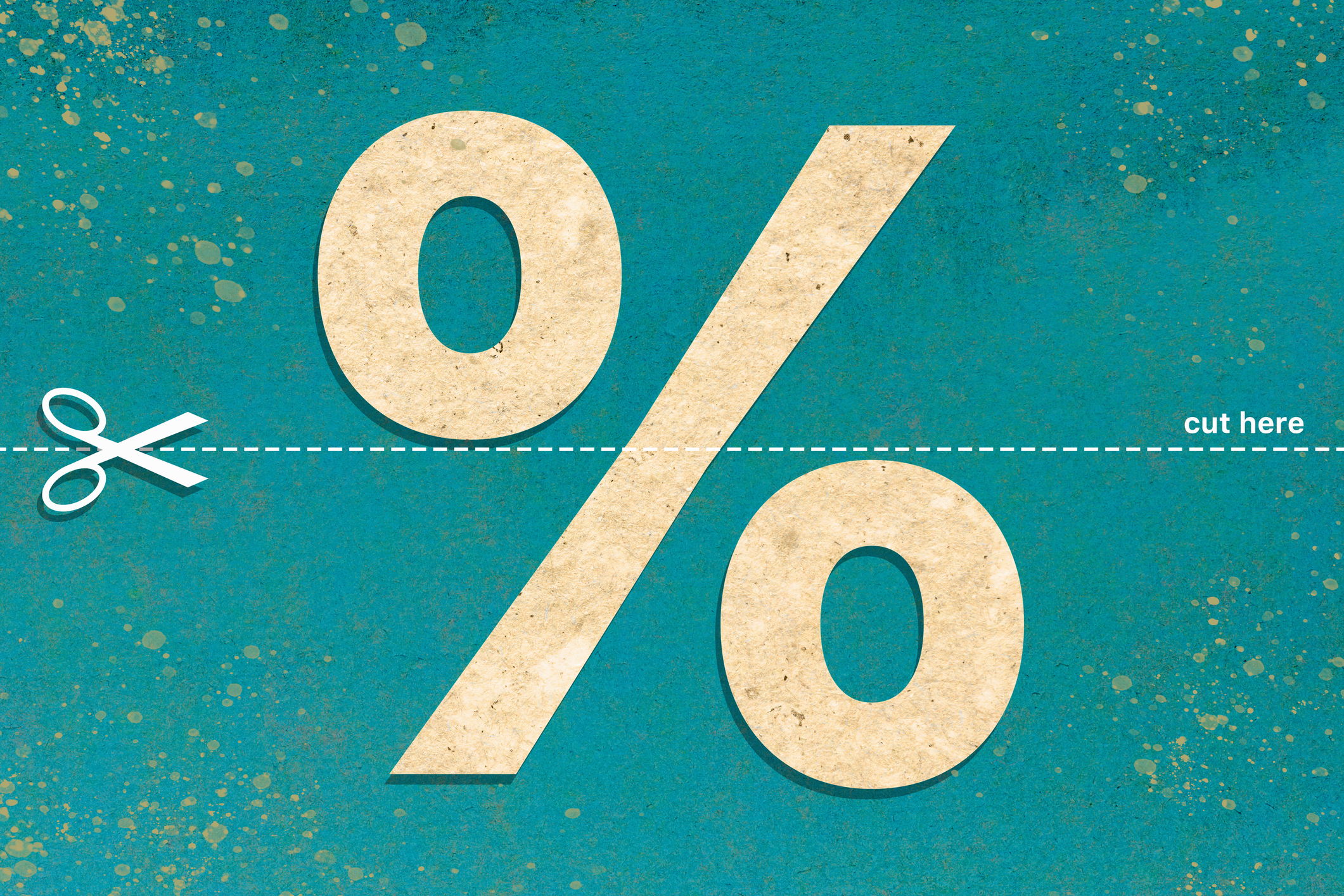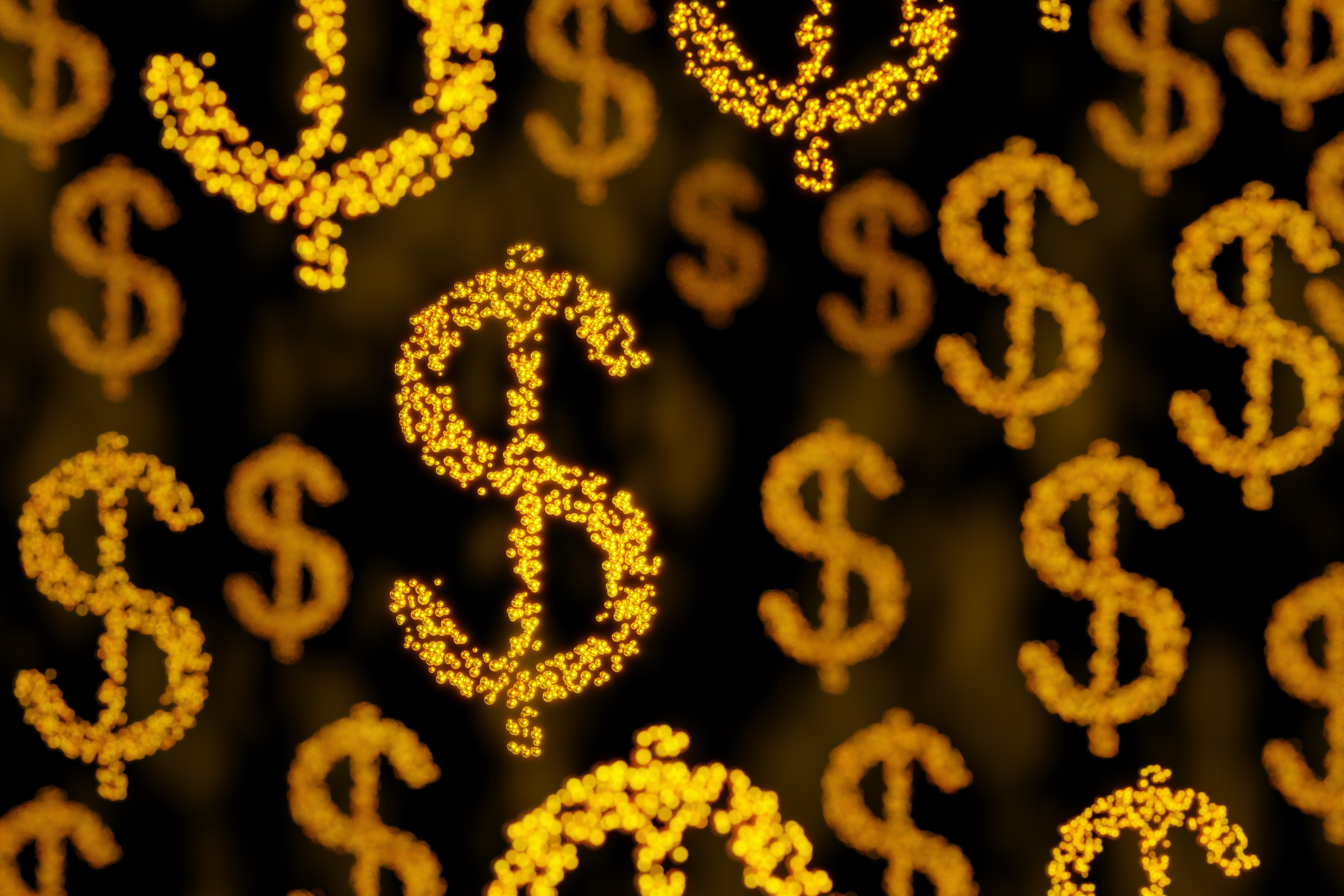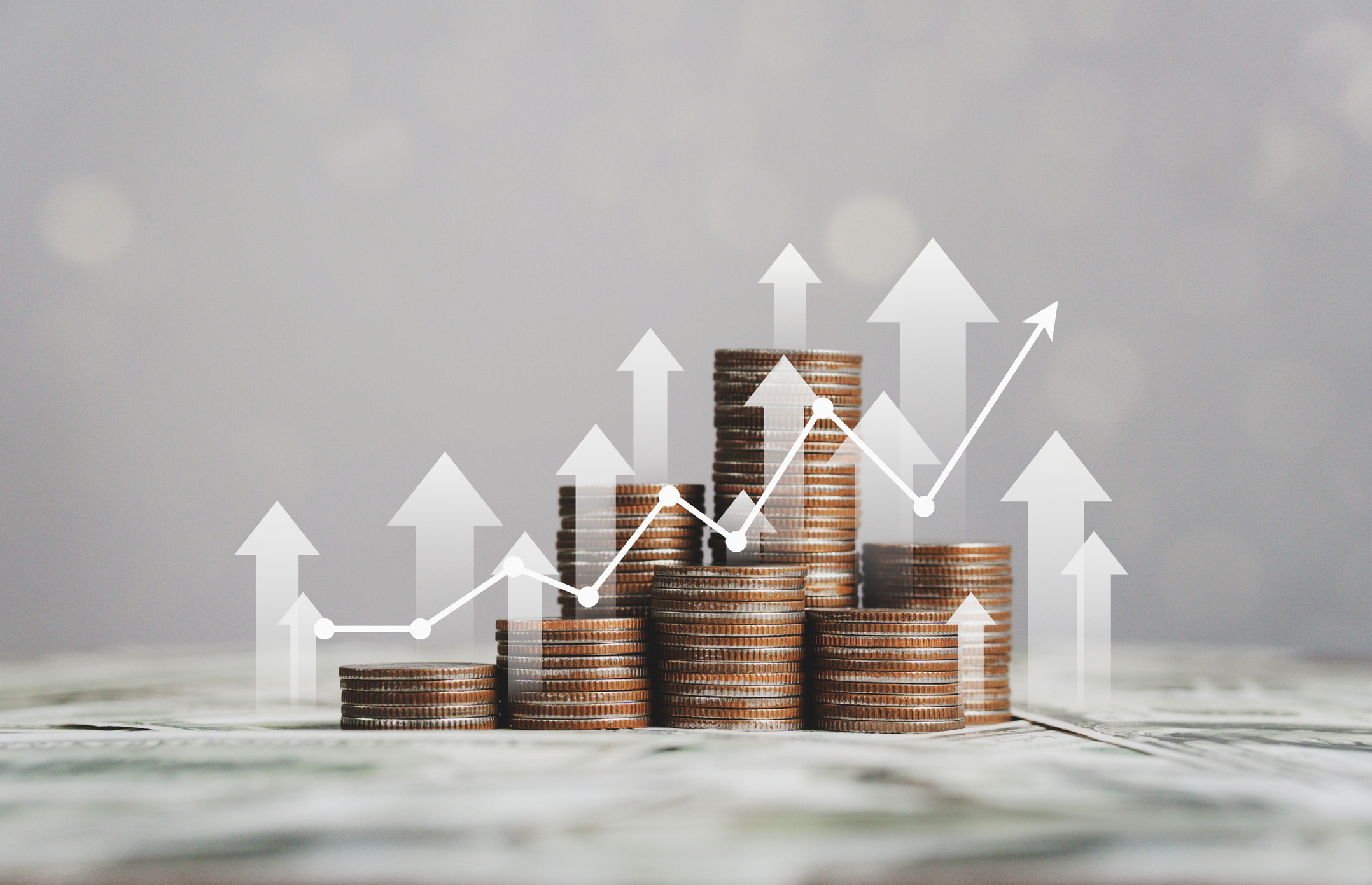Dividends Are in a Rut
Dividends may be going through a rough patch, but income investors should exercise patience.


There is a doctrine that one year's investment champions become the subsequent year's failures. In 2023, this again is true, but the fallen heroes are unexpected: high-dividend-yield stocks and funds. The puzzle is whether dividend-focused strategies are set for years of relative decline, or if this is a case of massive short-term outperformance predictably returning to earth. I vote for the latter.
The backdrop: In 2022, high-dividend shares, led by energy and utility stocks, were the stoutest line of defense, along with the Dogs, the highest-yielding listings in the broad averages or each industry sector.
Exchange-traded fund ALPS Sector Dividend Dogs (SDOG) lost just 0.2% last year as the S&P 500 Index, including dividends, disgorged 18.1%. The ETF starts each year with equal stakes in the five highest-yielding stocks of 10 S&P 500 sectors (excluding real estate). So it's an indication broadly of whether big dividends are in or out of favor. Four times since 2013, the fund placed in the best 25% by total return among its Morningstar peers. (Funds I like are in bold; prices and returns are as of July 31 unless otherwise noted.)
From just $107.88 $24.99 for Kiplinger Personal Finance
Become a smarter, better informed investor. Subscribe from just $107.88 $24.99, plus get up to 4 Special Issues

Sign up for Kiplinger’s Free Newsletters
Profit and prosper with the best of expert advice on investing, taxes, retirement, personal finance and more - straight to your e-mail.
Profit and prosper with the best of expert advice - straight to your e-mail.
But now the bulls are running the Dogs ragged. The ALPS ETF is up just 3.1% in 2023, compared with 20.6% for the SPDR S&P 500 Trust (SPY), the giant S&P 500 ETF. (That is nearly an exact reversal of last year's numbers.) This is due to the 500's cluster of low- or zero-yielding tech kingpins, but even within tech, high-dividend listings such as Cisco Systems (CSCO), International Business Machines (IBM) and Texas Instruments (TXN) are going nowhere. Bank and energy stocks, which usually outyield the full market, are down. Utilities are in the red. Selective dividend ETFs, such as Schwab US Dividend Equity (SCHD) and Franklin US Low Volatility High Dividend (LVHD), are treading water, eroding excellent long-term performance records.
No question, U.S. cash dividends are in a rut, with 2023 increases running at a 4% pace – half last year's rate. Cash-rich and profitable companies including Apple (AAPL) and lithium king Albemarle (ALB), despite its 29 straight years of hikes, only granted quarterly boosts of 1 cent and half a cent, respectively. S&P Dow Jones Indices analyst Howard Silverblatt says that companies of all kinds thought (and may still think) the economic and earnings outlook is poor and stinted on their latest dividend actions despite evidence from 2022 that generous payouts protect shares from catastrophe.
Mark Barnes, of FTSE Russell, notes that 18 months ago, banks and money market funds paid zero or barely above, so a 2% dividend was decent. Now cash is competition, with risk-free yields exceeding those of nearly all common and preferred stocks, as well as corporate bonds.
What should income investors do now?
It depends on your cash needs and how your dividend distribution compares to your original or average cost. There is an argument for holding longtime stock positions that are treading water but not cutting payouts or suffering scandal or mismanagement.
Funds pay you well, too, but I suggest patience with new money. Create a waitlist for the Franklin and Alps ETFs as well as for the ProShares S&P 500 Dividend Aristocrats (NOBL) and pounce once the Federal Reserve finally quits tightening credit. There are also covered-call-option-enhanced ETFs: Global X NASDAQ 100 Covered Call (QYLD) and JPMorgan Equity Premium Income (JEPI). The Global X ETF, yielding 11.9% in late July, is an index fund; the JPMorgan ETF (7.8%) is actively managed.
Note: This item first appeared in Kiplinger's Personal Finance Magazine, a monthly, trustworthy source of advice and guidance. Subscribe to help you make more money and keep more of the money you make here.
Related content
Profit and prosper with the best of Kiplinger's advice on investing, taxes, retirement, personal finance and much more. Delivered daily. Enter your email in the box and click Sign Me Up.

Kosnett is the editor of Kiplinger Investing for Income and writes the "Cash in Hand" column for Kiplinger Personal Finance. He is an income-investing expert who covers bonds, real estate investment trusts, oil and gas income deals, dividend stocks and anything else that pays interest and dividends. He joined Kiplinger in 1981 after six years in newspapers, including the Baltimore Sun. He is a 1976 journalism graduate from the Medill School at Northwestern University and completed an executive program at the Carnegie-Mellon University business school in 1978.
-
 Your Guide to Buying Art Online
Your Guide to Buying Art OnlineFrom virtual galleries to social media platforms, the internet offers plenty of places to shop for paintings, sculptures and other artwork without breaking the bank.
-
 Samsung Galaxy S25 Ultra for $4.99 a Month: A Closer Look at Verizon’s Deal
Samsung Galaxy S25 Ultra for $4.99 a Month: A Closer Look at Verizon’s DealVerizon’s aggressive pricing makes Samsung’s top-tier phone tempting, but the real cost depends on your plan and how long you stay.
-
 I'm 59 with $1.7 million saved and lost my job. Should I retire?
I'm 59 with $1.7 million saved and lost my job. Should I retire?We asked professional wealth planners for advice.
-
 What Investors May Face in the New Year: Interview
What Investors May Face in the New Year: InterviewKeith Lerner, the chief market strategist and chief investment officer for Truist Wealth, speaks with Kiplinger.
-
 What to Make of a Hot IPO Market
What to Make of a Hot IPO MarketThis year's crop of initial public offerings could be even dicier than usual because of a skew toward tech and crypto.
-
 How to Position Your Portfolio for Lower Interest Rates
How to Position Your Portfolio for Lower Interest RatesThe Federal Reserve is far from done with its rate-cutting regime. This is how investors can prepare.
-
 A JPMorgan Fund Holds Its Own Thanks to a Focus on Quality
A JPMorgan Fund Holds Its Own Thanks to a Focus on QualityDespite its defensive characteristics, the JPMorgan U.S. Quality Factor holds up in good times and in bad.
-
 What Fed Rate Cuts Mean For Fixed-Income Investors
What Fed Rate Cuts Mean For Fixed-Income InvestorsThe Fed's rate-cutting campaign has the fixed-income market set for an encore of Q4 2024.
-
 Why I Trust These Trillion-Dollar Stocks
Why I Trust These Trillion-Dollar StocksThe top-heavy nature of the S&P 500 should make any investor nervous, but there's still plenty to like in these trillion-dollar stocks.
-
 Hang in There With This Value Fund
Hang in There With This Value FundPatience is required for investors in the Dodge & Cox Stock Fund, but its long-term outperformance proves it's worth the wait.
-
 8 Dividend Funds to Consider Now
8 Dividend Funds to Consider NowThese dividend funds deliver a diversified portfolio of dividend stocks.